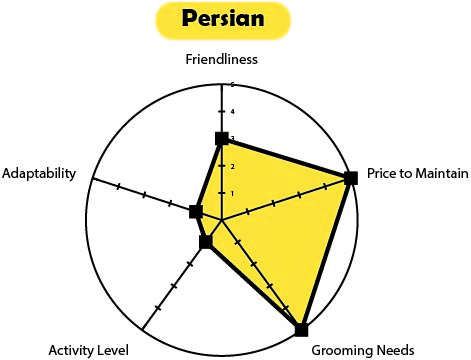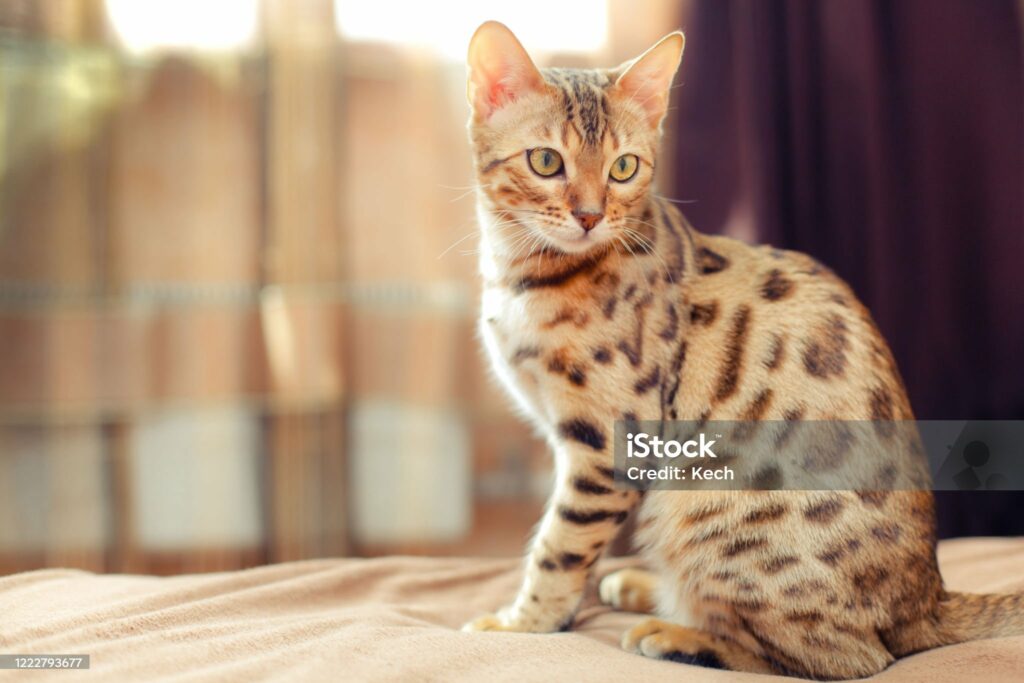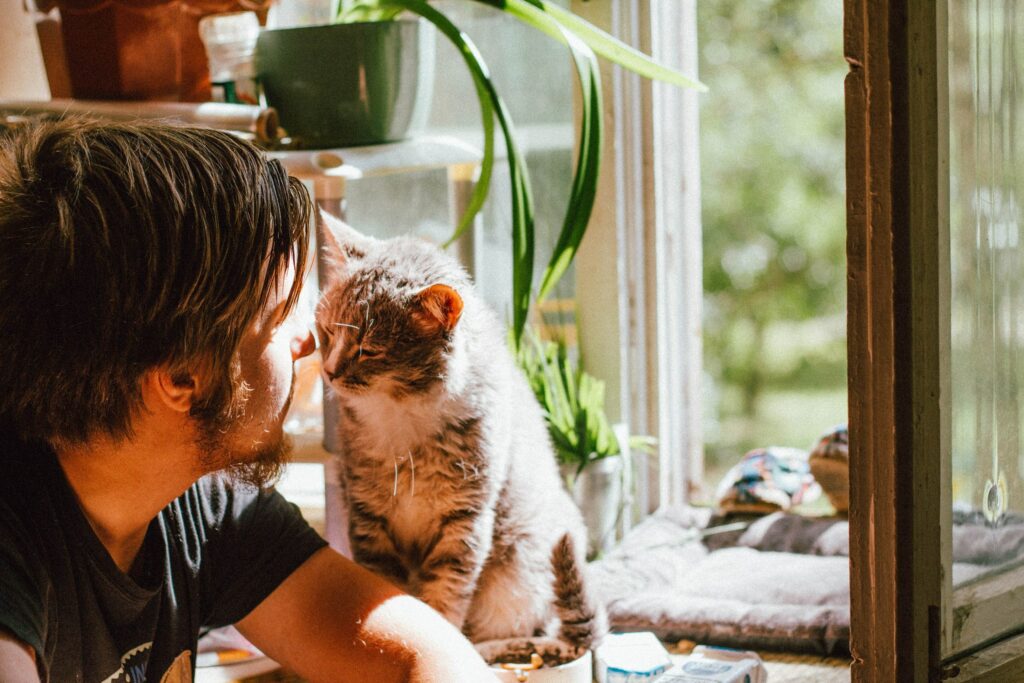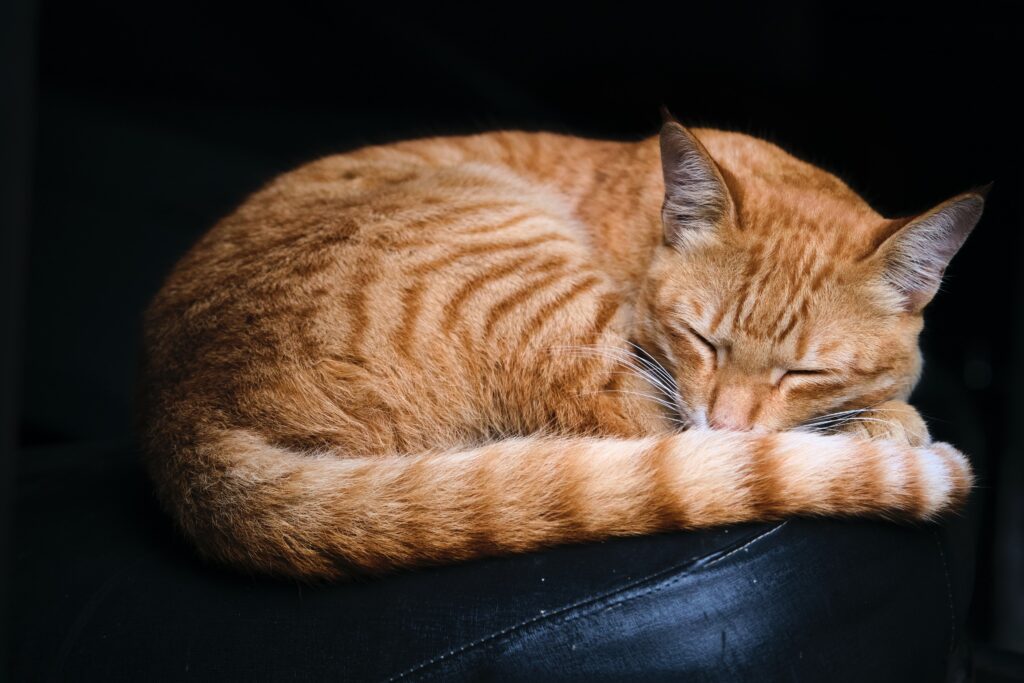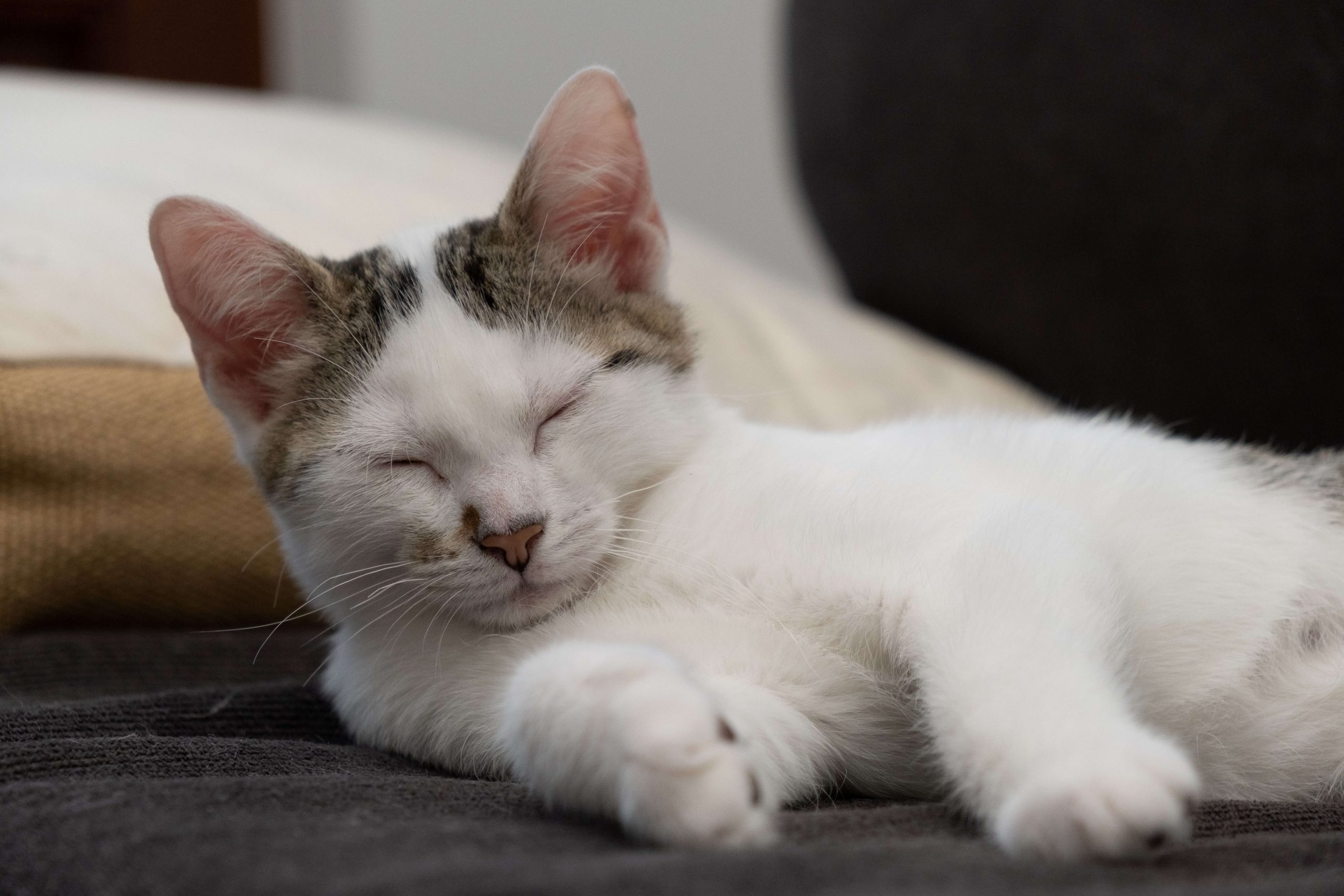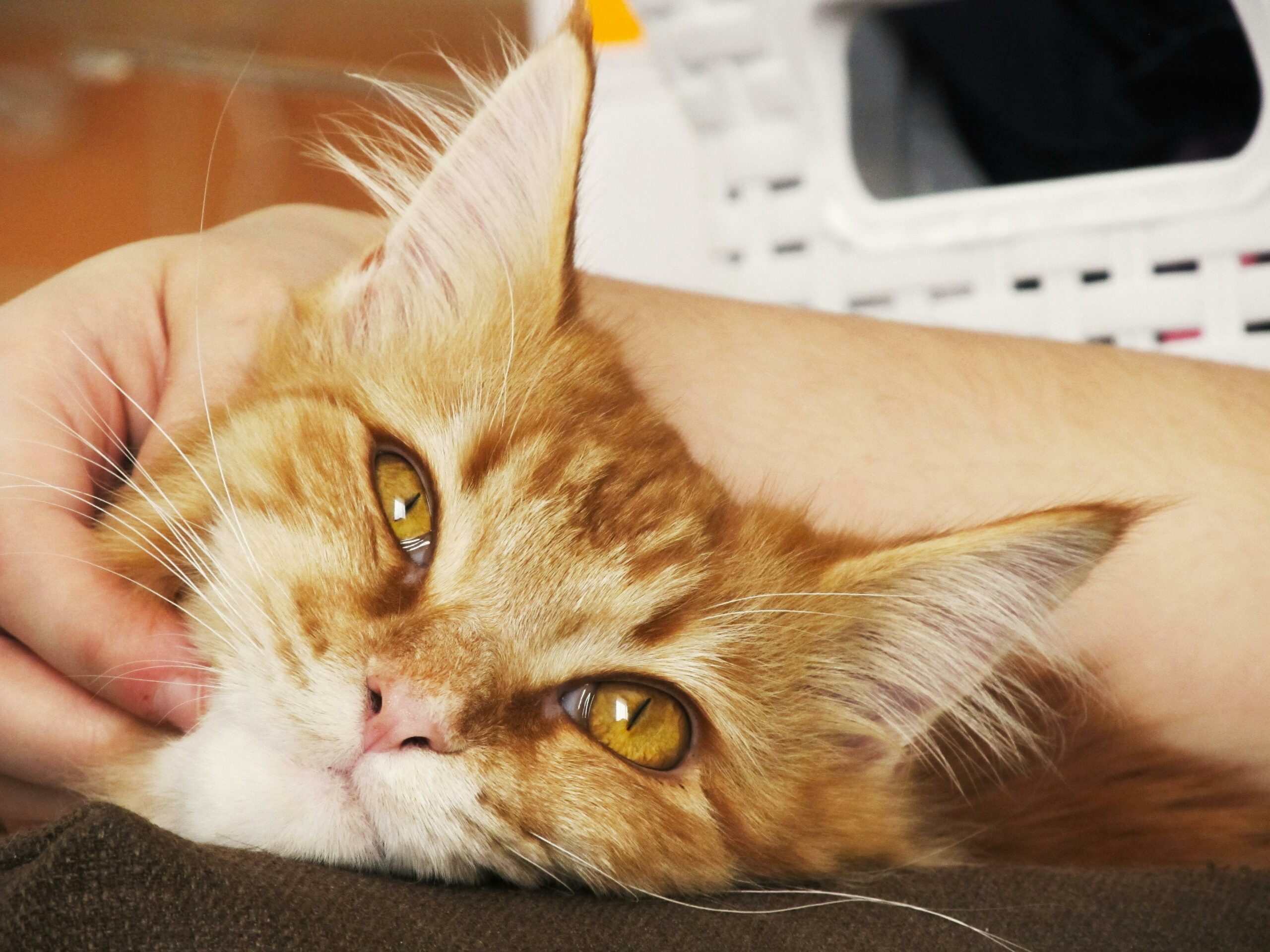
Cats are known for their mysterious and independent nature, leaving many pet owners wondering, “Does my cat love me?” Unlike dogs, who often wear their emotions on their paws, cats express affection in more subtle ways. Understanding these signs can help you build a stronger bond with your furry companion.
How Cats Show Affection: The Basics
Cats communicate love and trust differently than humans or other pets. Their behaviors, though understated, are packed with meaning. Learning to interpret their actions can reveal whether your feline truly cares.
Signs Your Cat Loves You
1. They Head-Butt and Rub Against You
One of the clearest signs your cat loves you is head-butting, also known as “bunting.” This behavior occurs when a cat presses its head against you or rubs its face on your hand or leg. Cats have scent glands on their faces and use this behavior to mark you as part of their safe territory.
This simple action is a cat’s way of saying, “You’re mine, and I trust you.”
2. They Purr Around You
Purring is not only a sign of contentment but also a way for cats to communicate trust and happiness. If your cat curls up in your lap, purring softly, it’s a good indication they feel loved and secure.
Fun Fact: Studies show that the frequency of a cat’s purr has therapeutic effects on humans, reducing stress and even aiding in healing.
3. They Bring You “Gifts”
As unpleasant as it may seem, finding a dead mouse or toy at your feet is a cat’s way of showing love. Cats are natural hunters, and sharing their “catch” demonstrates their affection and inclusion in their social circle. While this behavior might be more common in outdoor cats, even indoor cats might drop their favorite toy at your feet as a token of love.
4. Slow Blinking: The Feline Kiss
If your cat looks at you and slowly closes their eyes before reopening them, consider yourself lucky. Slow blinking is often called a “cat kiss.” It signifies trust and affection. Try returning the gesture; you might notice your cat slow blink back at you—a special moment between pet and owner.
5. Kneading You With Their Paws
Kneading, often referred to as “making biscuits,” is an instinctual behavior kittens use to stimulate milk flow from their mothers. When adult cats knead you, it indicates comfort and happiness, associating you with a sense of safety and care.
6. They Follow You Around
Does your cat shadow you from room to room? This behavior, though subtle, is one of the signs your cat loves you. It shows they enjoy your company and want to be near you. Whether it’s lounging beside you on the couch or perching nearby as you work, your feline values your presence.
7. Exposing Their Belly
A cat showing its belly is a significant sign of trust. The belly is a vulnerable area, and cats rarely expose it unless they feel entirely safe. While not all belly displays invite petting, the mere act signifies love and confidence in your relationship.
8. Grooming You or Themselves Around You
Cats are fastidious groomers, and when they groom you or clean themselves in your presence, it’s a sign of acceptance. Grooming is a social bonding activity for cats, and by including you in this ritual, they express affection and trust.
Building a Deeper Bond With Your Cat
If your cat exhibits these behaviors, congratulations—they likely love you! To deepen your bond, try the following:
- Spend Quality Time: Play with your cat daily, using toys that mimic prey to satisfy their hunting instincts.
- Respect Their Space: Cats appreciate affection on their terms. Avoid forcing interactions when they seem uninterested.
- Provide a Comfortable Environment: Offer cozy resting spots, stimulating toys, and plenty of vertical space to explore.
Common Misinterpretations of Feline Behavior
Not all feline behaviors are expressions of love. Here are a few actions often misunderstood:
- Nipping or Biting: While playful biting can be a sign of overstimulation, aggressive bites usually indicate discomfort or fear.
- Knocking Things Over: Cats often knock objects off tables to satisfy curiosity or boredom, not as an act of defiance.
- Ignoring You: Cats are naturally independent and may retreat for alone time without any negative feelings toward you.
The Science of Feline Affection
Scientific studies confirm that cats form strong bonds with their owners. Research indicates that cats display secure attachment to their humans, similar to the attachment patterns seen in dogs and even human infants.
This attachment is evident when cats seek comfort from their owners during stressful situations, further solidifying the idea that your cat does love you, even if it’s not always obvious.
Conclusion
Cats may not wag their tails or jump with excitement like dogs, but their love is no less genuine. From head-butts to purring, kneading, and slow blinks, the signs your cat loves you are plentiful if you know where to look. By understanding their unique language of affection, you can strengthen your bond and enjoy a fulfilling relationship with your feline friend.
References:
- Why Does My Cat Headbutt Me? – PetMD
- Why Do Cats Purr? 5 Meanings Behind a Purring Cat – PetMD
- Cats may have ‘attachment styles’ that mirror people’s – ScienceNews
- Attachment bonds between domestic cats and humans – ScienceDirect
- ‘Slow-Blinking’ May Help Humans Bond With Cats, Study Says – HuffPost
- Why Do Cats Blink Slowly? Vet-Verified Behavioral Cues – catster































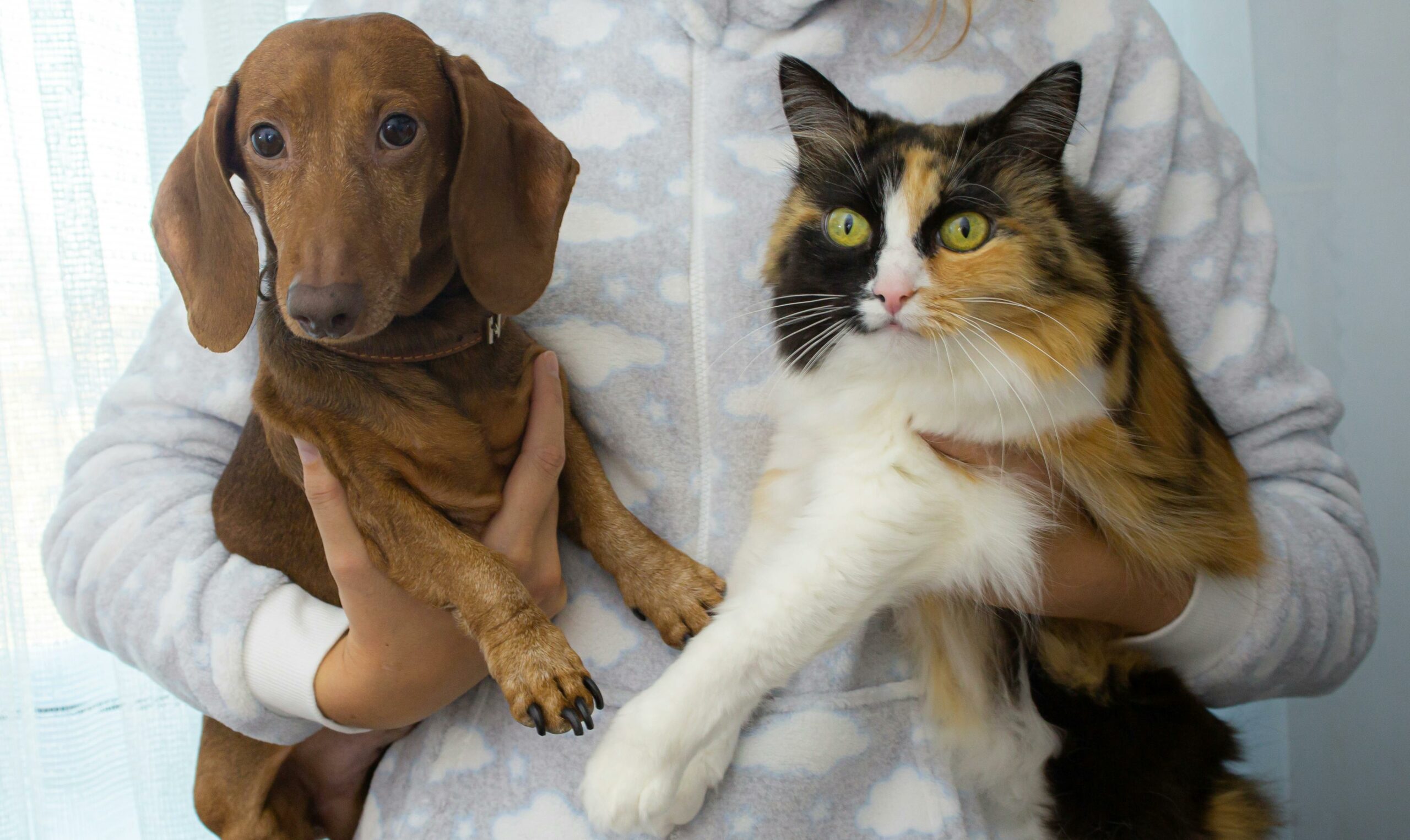








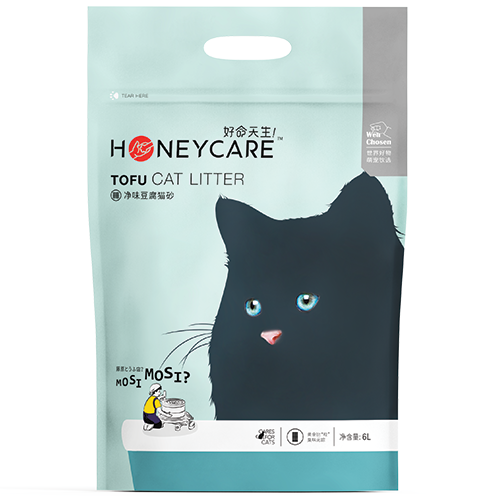


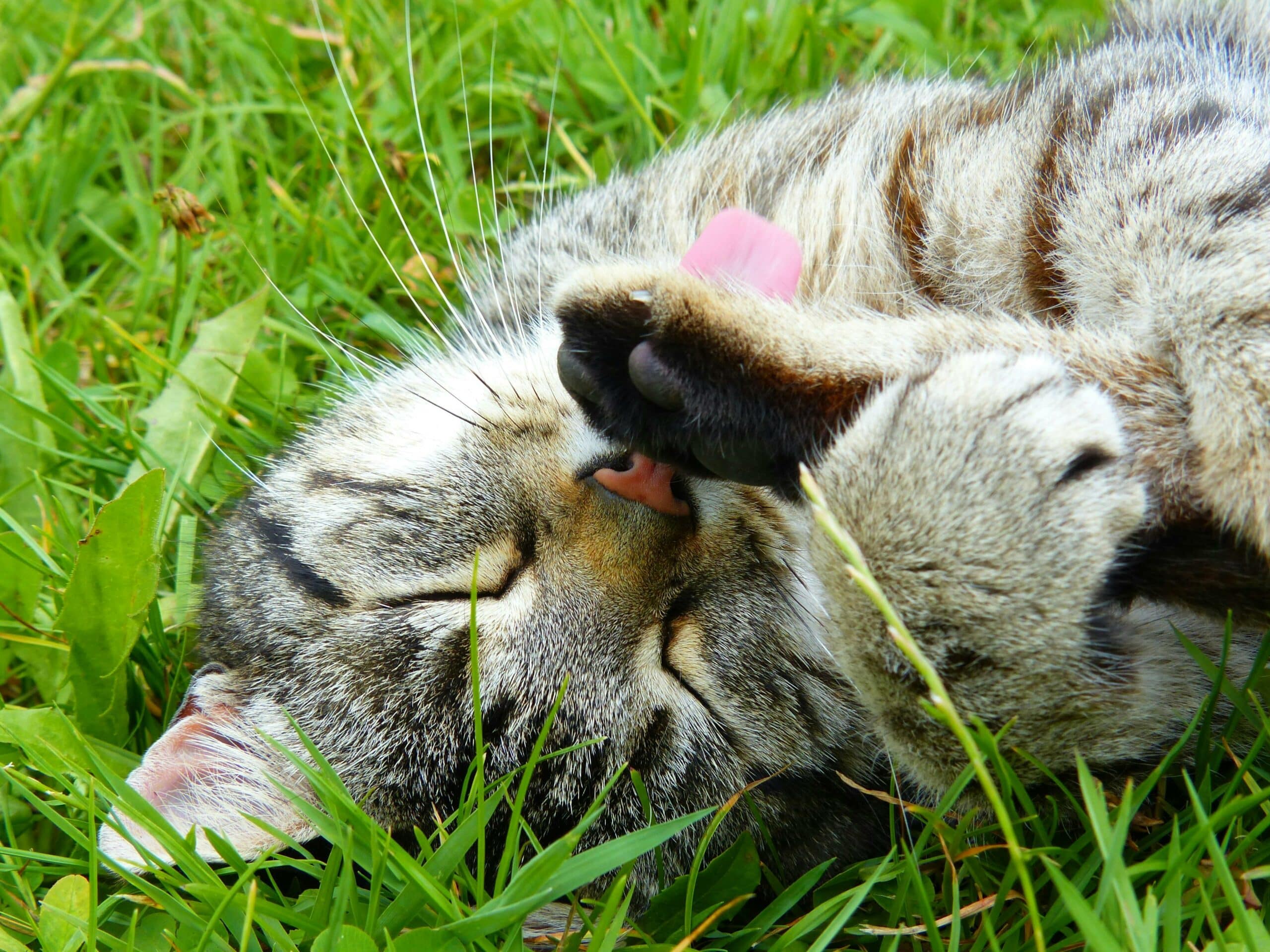



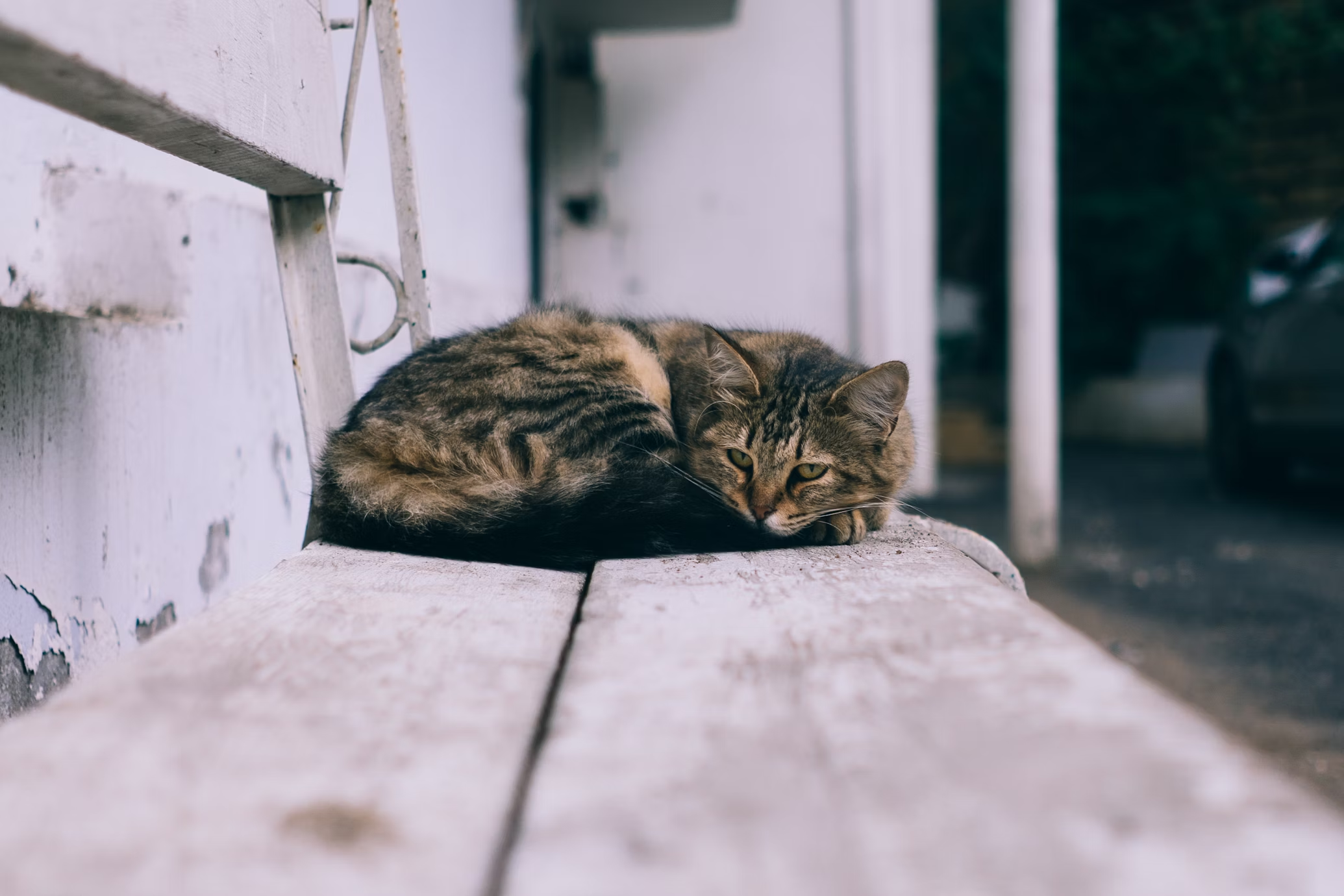








![[MIX N MATCH] Stella & Chewy’s Dog Treats](https://apetmart.com/wp-content/uploads/2021/01/BO8-dog-treats-300x300.jpg)





